
Interested in how molecules and processes are organized and regulated in living cells | physics, math, engineering, and computation (mostly) for biology
shrinivaslab.com

led by (amazing) Ryan Krueger + colab w M. Brenner!
We introduce a framework to directly design intrinsically disordered proteins (IDPs) from physics-based simulations.
🧬 doi.org/10.1038/s435...
📰 www.mccormick.northwestern.edu/news/article...



led by (amazing) Ryan Krueger + colab w M. Brenner!
We introduce a framework to directly design intrinsically disordered proteins (IDPs) from physics-based simulations.
🧬 doi.org/10.1038/s435...
📰 www.mccormick.northwestern.edu/news/article...

led by (amazing) Ryan Krueger + colab w M. Brenner!
We introduce a framework to directly design intrinsically disordered proteins (IDPs) from physics-based simulations.
🧬 doi.org/10.1038/s435...
📰 www.mccormick.northwestern.edu/news/article...
led by (amazing) Ryan Krueger + colab w M. Brenner!
We introduce a framework to directly design intrinsically disordered proteins (IDPs) from physics-based simulations.
🧬 doi.org/10.1038/s435...
📰 www.mccormick.northwestern.edu/news/article...

led by (amazing) Ryan Krueger + colab w M. Brenner!
We introduce a framework to directly design intrinsically disordered proteins (IDPs) from physics-based simulations.
🧬 doi.org/10.1038/s435...
📰 www.mccormick.northwestern.edu/news/article...
Was a lot of fun writing this with Allon Klein, reading old papers(earliest from 1902), and speculating on why cell cycle progression is not necessary for differentiation across many many tissues and species.
(1/3)

Was a lot of fun writing this with Allon Klein, reading old papers(earliest from 1902), and speculating on why cell cycle progression is not necessary for differentiation across many many tissues and species.
(1/3)
🔓 rdcu.be/eJSuV

🔓 rdcu.be/eJSuV

Inspired by condensates that form on specific DNA, we ask:
can we design multicomponent fluids to form distinct condensates on diff. surfaces?
i.e. perform classification by condensation ⚛️ 💻 exploiting phase transitions beyond compartmentalization!
arxiv.org/abs/2509.08100
(1/2)
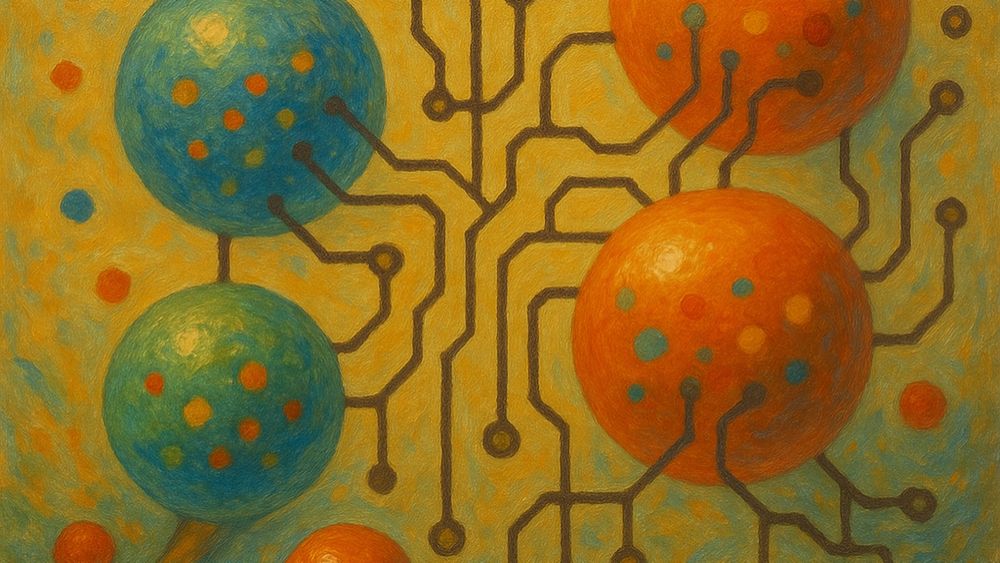
Inspired by condensates that form on specific DNA, we ask:
can we design multicomponent fluids to form distinct condensates on diff. surfaces?
i.e. perform classification by condensation ⚛️ 💻 exploiting phase transitions beyond compartmentalization!
arxiv.org/abs/2509.08100
(1/2)
Inspired by condensates that form on specific DNA, we ask:
can we design multicomponent fluids to form distinct condensates on diff. surfaces?
i.e. perform classification by condensation ⚛️ 💻 exploiting phase transitions beyond compartmentalization!
arxiv.org/abs/2509.08100
(1/2)

Inspired by condensates that form on specific DNA, we ask:
can we design multicomponent fluids to form distinct condensates on diff. surfaces?
i.e. perform classification by condensation ⚛️ 💻 exploiting phase transitions beyond compartmentalization!
arxiv.org/abs/2509.08100
(1/2)
#KeioMedicalSciencePrize

#KeioMedicalSciencePrize

Cells use condensates (dynamic compartments without membranes) to organize key reactions. Some condensates have core & shell layers… but how do such layers form? 🤔
👉 pnas.org/doi/10.1073/pnas.2504778122 (1/6)
Cells use condensates (dynamic compartments without membranes) to organize key reactions. Some condensates have core & shell layers… but how do such layers form? 🤔
👉 pnas.org/doi/10.1073/pnas.2504778122 (1/6)
some examples of sequences used in the paper www.science.org/doi/10.1126/...
DAVIDLIKESPEPTIDE
DAVIDITISTIME
DANIELSILVA
HIALIENFRIEND

some examples of sequences used in the paper www.science.org/doi/10.1126/...
DAVIDLIKESPEPTIDE
DAVIDITISTIME
DANIELSILVA
HIALIENFRIEND
tinyurl.com/ydn6e3ac
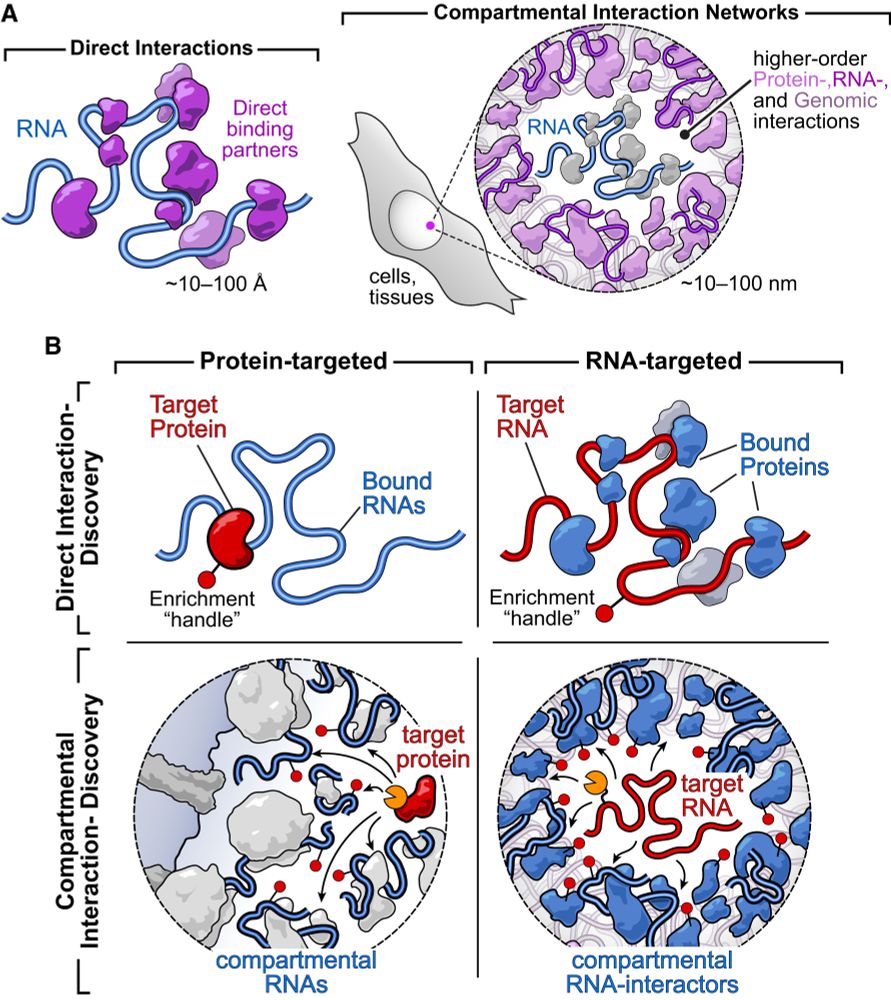
tinyurl.com/ydn6e3ac
@currentbiology.bsky.social!
@wallaceucsf.bsky.social
sciencedirect.com/science/arti...
@currentbiology.bsky.social!
@wallaceucsf.bsky.social
sciencedirect.com/science/arti...
rdcu.be/eq975
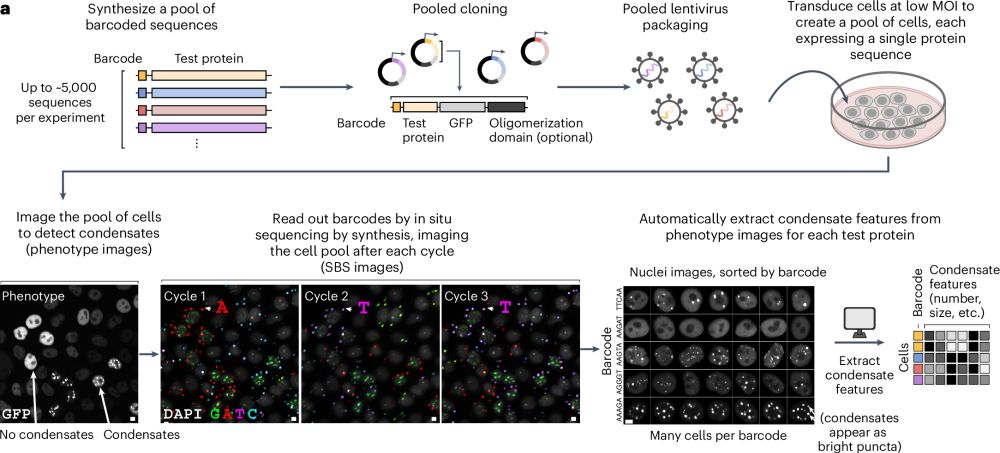
rdcu.be/eq975
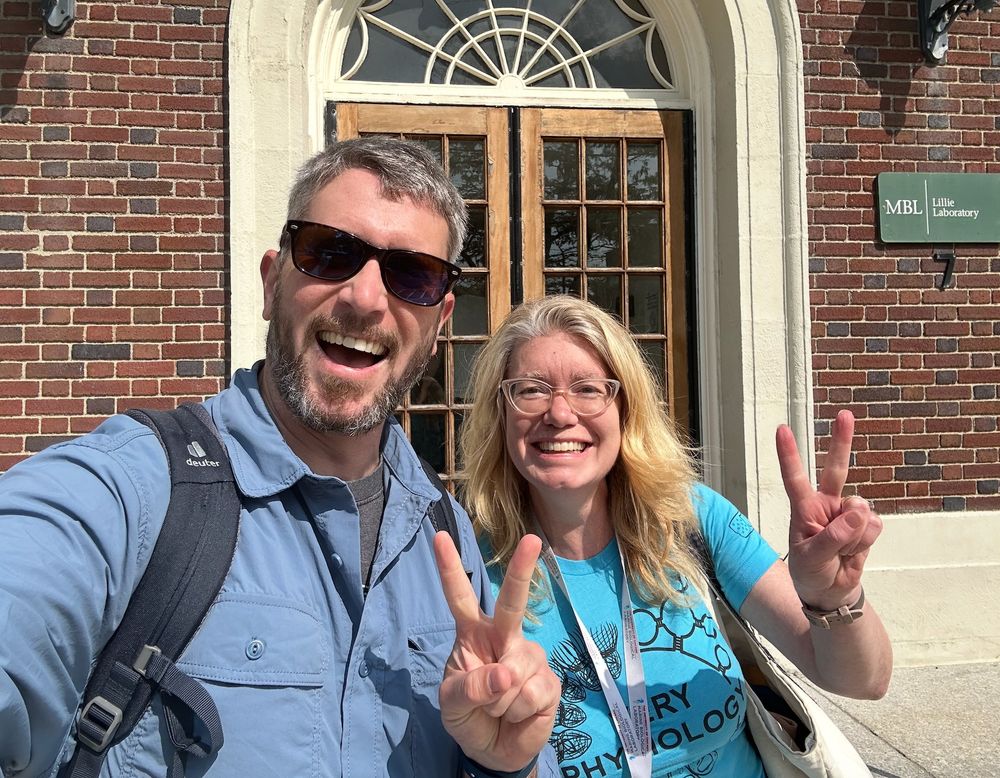
Featuring Krishna Shrinivas (@shrinivaslab.bsky.social), Assistant Professor of Chemical and Biological Engineering at Northwestern University
Learn more at www.nitmb.org/nitmb-semina...

Featuring Krishna Shrinivas (@shrinivaslab.bsky.social), Assistant Professor of Chemical and Biological Engineering at Northwestern University
Learn more at www.nitmb.org/nitmb-semina...
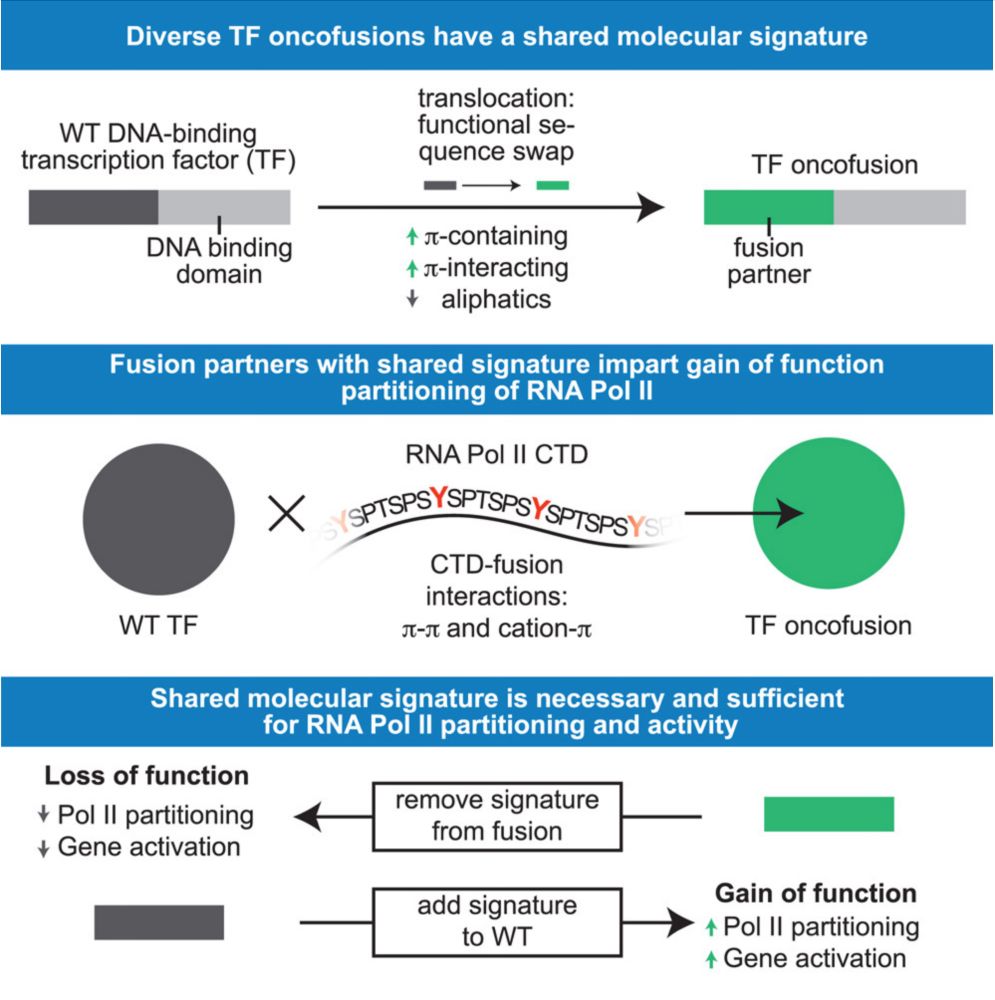
In a fantastic teamwork, @mcagiada.bsky.social and @emilthomasen.bsky.social developed AF2χ to generate conformational ensembles representing side-chain dynamics using AF2 💃
Code: github.com/KULL-Centre/...
Colab: github.com/matteo-cagia...
In a fantastic teamwork, @mcagiada.bsky.social and @emilthomasen.bsky.social developed AF2χ to generate conformational ensembles representing side-chain dynamics using AF2 💃
Code: github.com/KULL-Centre/...
Colab: github.com/matteo-cagia...

1) our current research ecosystem is already strained and very fragile;
2) If it gets broken it will take a generation or longer to repair.
Here’s why:
1/n
1) our current research ecosystem is already strained and very fragile;
2) If it gets broken it will take a generation or longer to repair.
Here’s why:
1/n
Thread to follow later today...
www.biorxiv.org/content/10.1...
Thread to follow later today...
www.biorxiv.org/content/10.1...

